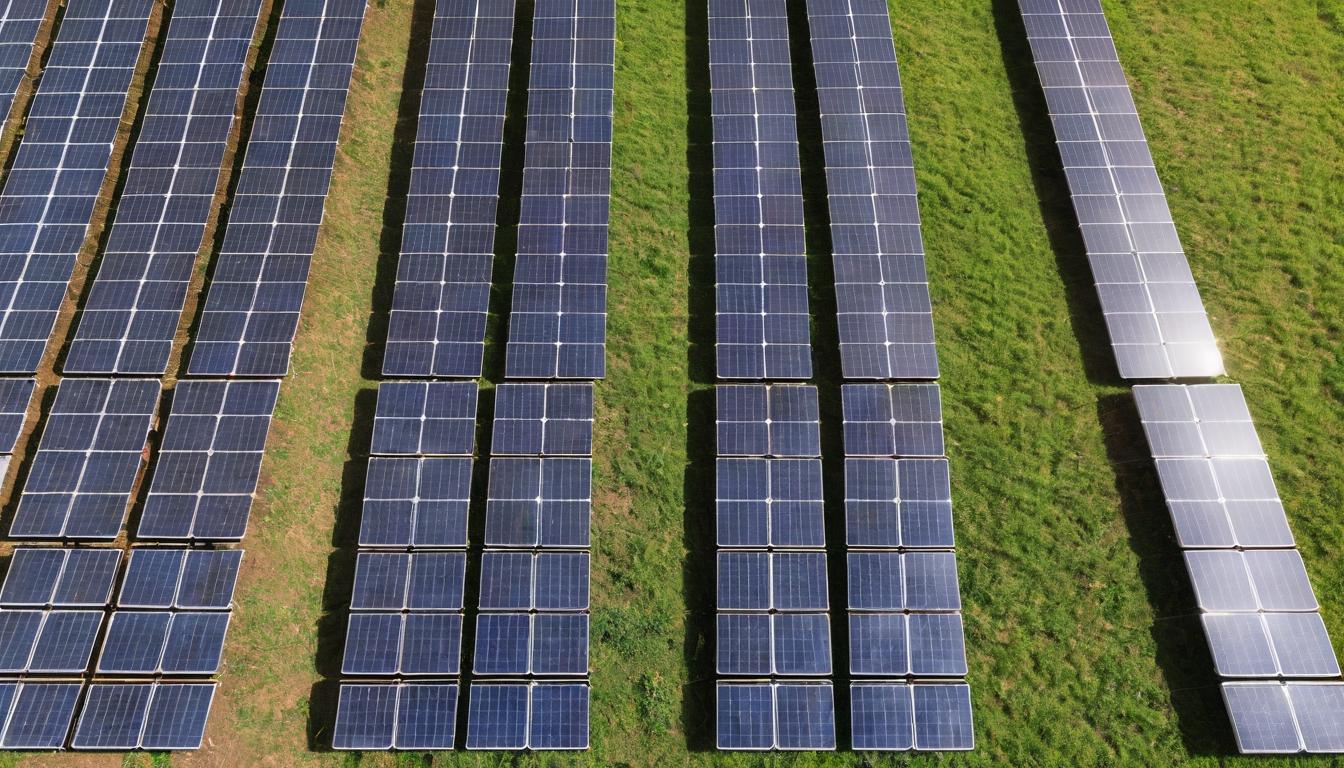In the golden glow of the solar energy boom, where headlines celebrate plummeting costs and soaring installations, there's a story most manufacturers don't want you to see. It's happening in industrial parks from Arizona to Germany, where machines the size of small houses are quietly dismantling the very technology that promises a cleaner future. This isn't about failure—it's about what happens when solar panels complete their 25-30 year life cycle, and the emerging industry determined to give them new purpose.
Walk into a modern recycling facility and you'll witness something remarkable: end-of-life panels moving along conveyor belts where robots and optical scanners separate glass from silicon, copper from aluminum. The process resembles an autopsy of technology, each component carefully extracted for its next life. The glass becomes new panels or construction materials, the aluminum gets melted into frames for future installations, and the silicon—the heart of the panel—can be purified and reborn.
What makes this revolution urgent isn't just environmental concern—it's economics. The International Renewable Energy Agency projects that by 2050, solar panel waste could reach 78 million metric tons globally. That's not just an environmental problem; it's a treasure trove of valuable materials waiting to be harvested. Silver, copper, silicon—these aren't cheap commodities, and recovering them represents both ecological responsibility and financial opportunity.
Several startups have emerged as leaders in this space, developing proprietary technologies that can recover up to 95% of a panel's materials. Companies like ROSI Solar in France and First Solar in the US have developed closed-loop systems where old panels literally become new ones. Their processes aren't just mechanical shredding—they use thermal, chemical, and optical separation techniques that would make a NASA engineer nod in approval.
The regulatory landscape is shifting rapidly. The European Union's WEEE Directive already requires manufacturers to take back and recycle panels, while states like Washington and New Jersey are implementing their own producer responsibility laws. This isn't just bureaucracy—it's creating markets where recycling facilities can operate profitably rather than relying on subsidies.
But the challenges remain significant. Transporting bulky panels to centralized facilities adds cost and carbon footprint. Some older panels contain small amounts of lead that require careful handling. And the economics only work at scale—you need volume to make the numbers pencil out, which is why the industry is racing to establish collection networks before the tsunami of retiring panels hits in the 2030s.
Innovation is coming from unexpected places. Researchers at the National Renewable Energy Laboratory are developing processes that could make recycling even more efficient, while some manufacturers are designing panels specifically for easy disassembly—what they call 'design for recycling.' Imagine solar panels with snap-together components rather than permanent adhesives, or standardized connectors that make separation as easy as unplugging a lamp.
The consumer angle matters too. Homeowners and businesses installing systems today should ask about end-of-life options. Some manufacturers offer take-back programs, while third-party services are emerging that will handle decommissioning and recycling for a fee. This isn't just about being green—it's about protecting property values and avoiding future disposal costs.
What's most fascinating is how this hidden industry reflects a larger shift in our relationship with technology. We're moving from a linear economy (make, use, discard) to a circular one where waste becomes feedstock. Solar panels, symbols of renewable energy, are now leading the charge in sustainable manufacturing practices beyond just their energy production.
The next decade will determine whether solar energy truly becomes the sustainable solution it promises to be. With recycling technology advancing rapidly and regulations catching up, we're witnessing the maturation of an industry that's thinking about its entire lifecycle, not just the sunny days of energy production. The panels on your roof today will eventually power homes again—just in a different form.
The hidden revolution: how solar panel recycling is quietly solving renewable energy's dirty secret

